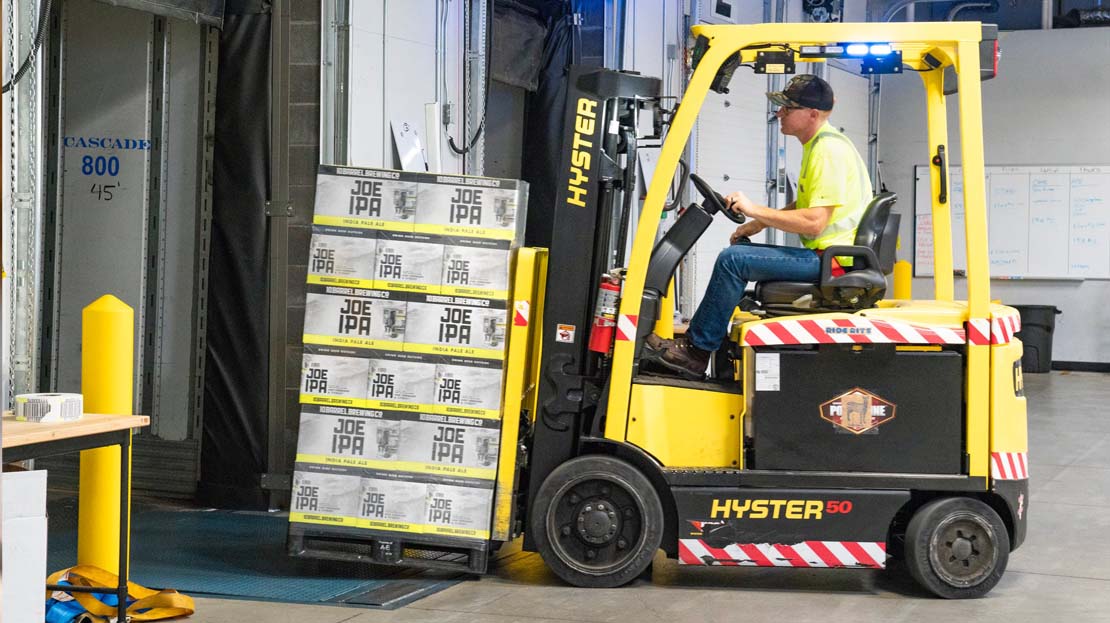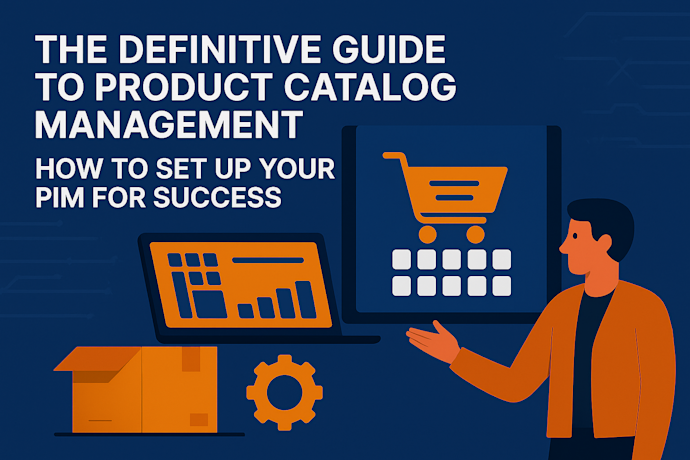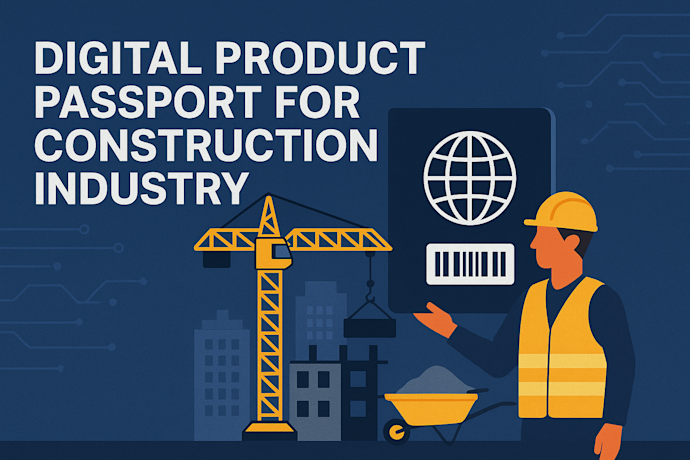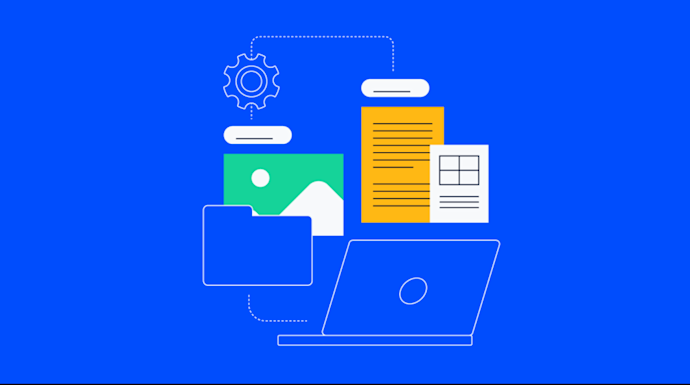The continuing move to buying online is expected to accelerate this year so what can we expect from an operational and sales point of view? B2B commerce has seen a steady transformation from digital platforms offering customers online catalogues to websites catering for the full buying journey from research to order agreement, payment and delivery. Our experience has shown us that even the most complex B2B user journey can be better served online.

Key differences between B2B and B2C
Outreach and Multi-Stakeholder Buying Journeys
In B2C you are mostly selling to an individual but with B2B you could be selling to a number of decision makers. These decision makers are often responsible for different parts of the business meaning they will have different criterias which will need to be met. The finance team may only be interested in the price but the legal team will be more inclined to go with a supplier who meets the firm's compliance needs. Therefore a B2B website must create content which appeals to a range of audiences. Also, it may also be necessary for buyers to gain approval from different stakeholders during the purchasing journey before an order is accepted. For example if the deal must be approved by the financial director the site must allow the financial director to approve the order for payments to be accepted.
Flexible and Tiered Pricing Models
As a distributor you may have flexible pricing where traditionally your salespeople will negotiate a price for your end customer. Hence, many wholesalers will tend to hide their pricing from the general public while pricing can be made available for logged in customers.
This opens up the possibility for price customization. Best practise would be to mirror your pricing for your offline customers. By integrating into your existing ERP or CRM you should mirror the percentage of discount at a category level for a given customer. There is also the possibility of implementing tiered pricing, incentivizing buyers to make a larger purchase while implementing a quoting technology where buyers are able to accept or reject a quoted price.
As a manufacturer or a brand, you may need to offer both B2B and B2C pricing. Pricing will be published for logged in wholesale customers who would see their discounted prices.
Complex Shipping Requirements for B2B Orders
Bulky items
Orders within B2B tend to be for a larger order-value and hence tend to be bulkier. Often they need to be rated in real time as long as they fit onto a pallet. Live rating for commodities also needs to be taken into account as the rate would depend on liquids, perishables and other hazardous items.
Smaller items
For orders considered as less-than-truckload they will need to be combined with other local shipment providers. Due to this our advice would be to sign up to a 3PL or thirdparty LTL provider. That specialises in these orders.
Shipping discounts and on-going agreements
Shipping discounts for client segments need to mirror existing offline costs. If a particular client is given preferential discounts this needs to reflect on the current site.
Real-time shipping pricing
As the B2B buyer is looking to transact they will want to know exactly how much their shipping will cost. Traditionally this could mean picking up the phone to a courier to get a cost for the location, size of items, weight etc. An online buyer will want to know ideally before the checkout size how much the order would cost to ship. Our suggestion would be
Dimensional Packing
When a purchase of a range of items of different sizes is made, your warehousing team may not be aware of the most efficient box to fit these items. The idea of a dimensional packing algorithm would be to help your warehousing staff find the right box for the purchase.
Post-ship experience
Your customers will want to know where their product is and when they’re likely to receive the product. By automating the following emails/texts you’re able to let the client know when they will receive the order. Our suggestion would be to integrate with a provider such as Aftership to help transform the post-purchase shipping experience.
Streamlining Internal Operations With Ecommerce Tools
Building a B2B ecommerce website should ultimately streamline your internal operations and automate any repetitive processes. Currently, you may be negotiating large customised orders over the phone and then confirming it within an email. Custom quoting software will enable you to capture this opportunity via the website allowing you to send customized quotes with an audit trail of all the corresponding messages leading up to the deal. This software bundle should also allow you to access this order for easy mass re-ordering, setting up recurring orders and approving orders with finance departments. These enterprise resource planning (ERP) features can now be found on ecommerce platforms.
Implementing a Master Data Management (MDM) Strategy
I would strongly recommend implementing a master data management strategy, especially for mid-market to enterprise clients looking to implement B2B commerce. The idea being that the MDM solution would operate as a central source of truth providing organisations with a single, authoritative view of all the information it possesses.
The ‘master’ would take various forms, but the following types of data would strongly help you accelerate your e-commerce operations:
Product information management
Apart from ecommerce your product data will be used within different parts of your business. In a multi-channel world your product data will be used by your print publishing, internal systems such as your ERP and external suppliers/customers
Customer Data Platform
By having a single view of your customer you will be able to better understand your customers, the sales people associated within the account and their historical buying habits
Others
This could include but are not limited to suppliers, locations, assets, inventory and employees.
As a Pimcore development agency our recommendation would be to develop an open-source MDM platform which would be customised for your business. The data management component will allow you to aggregate, manage, and distribute any type of data and digital asset for multi-channel publishing as well as e-commerce.
Encourage the onboarding of your existing customers
More and more clients are now expecting to transact with businesses online. Nearly half of B2B customers prefer to make work related purchases through a website and over 70% desire self service access to an account to manage their own orders according to The Future of Customer Engagement and Commerce.
An older generation of buyers who are used to purchasing via an account manager and browsing through a print catalogue, will need to be educated on how to best use their online channels. This can be achieved in two ways. Firstly, by creating a range of accessible collateral like FAQ’s, guides and videos. But secondly, giving your customers the best possible user experience.
- Telling your customer where they are when they are navigating through the site.
- Matching your system to the real world - by using similar phrases and words your buyer is already using.
- Eliminate anything that takes control out of the user’s hand. Avoid using pop-up offers, autoplaying videos and automatic sliding carousel’s and banners.
- Use consistency and standards. By creating a fluid user experience, it eliminates guesswork for the buyer. Your corporate website, global website and your ecommerce site should all have a similar feel.
- Prevent errors by making sure there are several iterations of usability testing and improvements made to your site before launch. If errors are found then they should be fixed as soon as possible.
- Allow buyers to recognize, diagnose and recover from errors. For a 404 error - a functional benefit would be to give the user a link to the homepage.
- Create a great search experience using autocomplete for site search. At Hamari we recommend using the flexible open source search technology Elastic Search.
Supporting Your Digital Transformation Journey
Most B2B companies can be found at some point along this journey of digital transformation. The drivers for this are higher sales with increased margins while remaining competitive with others who are automating these processes attracting an increasing number of buyers who favour the simplicity of doing everything online and without having to make calls or wait for responses to their enquiries.


